
TARGET 150916
BRINGING HOME SOME FRESH WATER
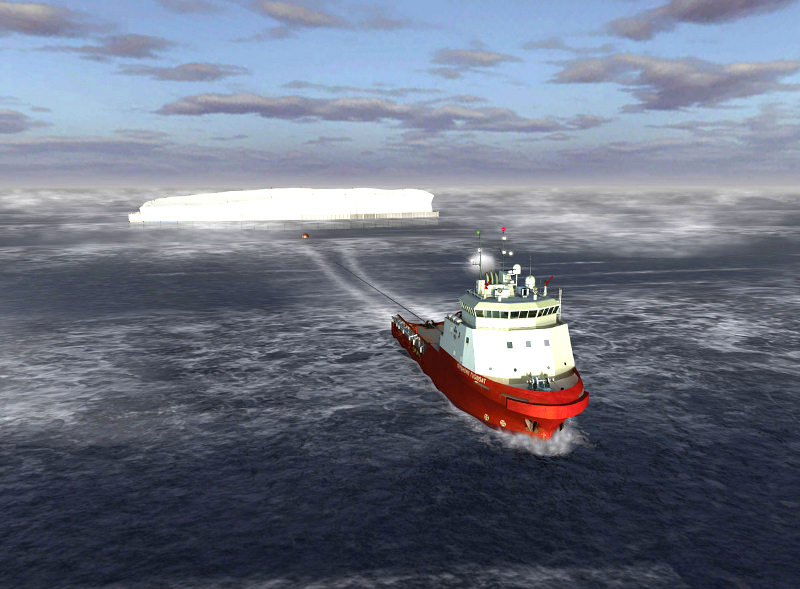
As climate change speeds up, entrepreneurs are racing to take advantage of rapidly melting icebergs, which dump valuable freshwater into the ocean as they break off from ice caps and glaciers and begin to melt. That water is considered to be the purest on earth, outside of laboratories. Some of it was formed long before there were even pollution from the campfires of the earliest cavemen. The aptly named Iceberg Vodka is the only vodka in the world made from icebergs, a source of water so pure that contaminants are undetectable, even in parts per quadrillion. Every spring the company harvests tonnes of glacial ice gathered off Newfoundlandís east coast, from the regionís famous Iceberg Alley, and processes the bounty at their facility in St Johnís.
So, tugboat captains have found that they can make more money pulling an iceberg to shore and selling it to consumers than they can by just guiding ships into port. Therefore, tug boat owners are getting into what "Modern Farmer" magazine calls the "cold rush,"
But getting that pure water to consumers is not easy. For one thing, it's floating in the middle of salty water. So, it has to be taken out of the salty water and broken into manageable sized pieces before it can be used. But the size and location of icebergs make that virtually impossible, and certainly not profitable. For another thing, almost every schoolchild knows that the part of the iceberg that you see above water is only the smallest part. Up to 7/8 of it is below water.
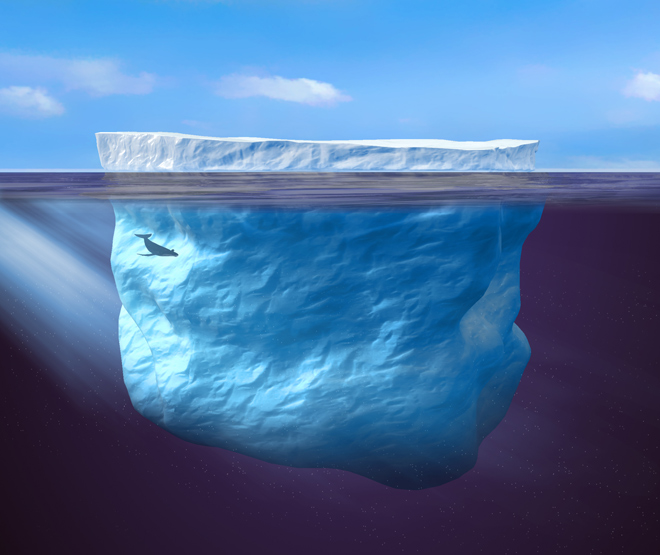
Small boat owners are able to go out and capture some of the small floating pieces by wrapping nets around them. To get a good haul, they tie the pieces to the back of the boat and either tow them to shore, where they will be kept in a refrigerated building, or just tow them to a waiting larger ship for processing there.
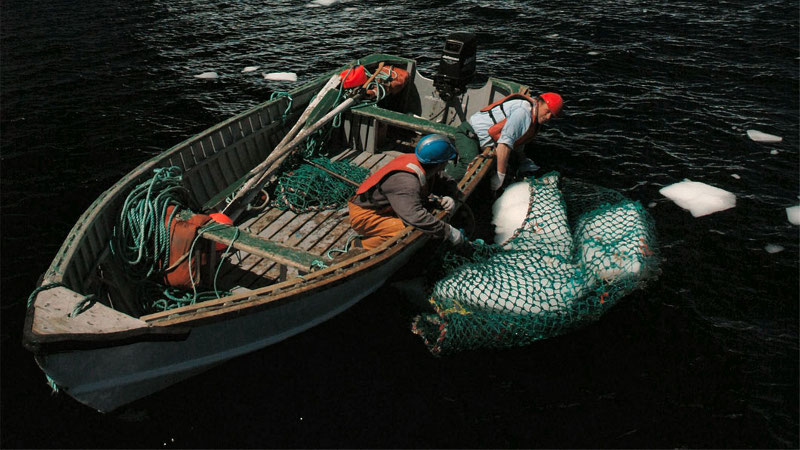
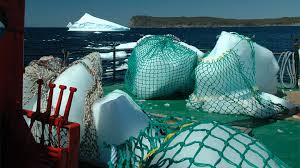
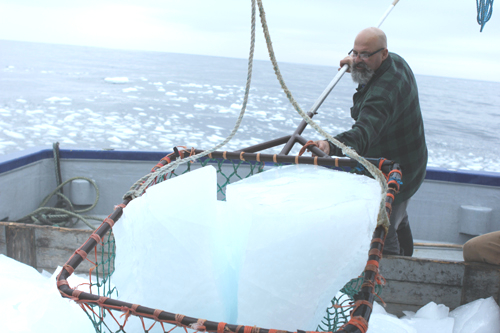
To get the purer ice, they may even go onto the berg and cut off pieces they can handle.
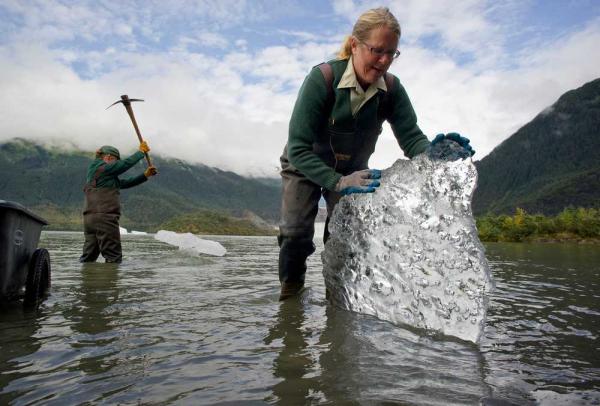
But whether they have a small boat or a larger tug boat, the process still involves towing the floating pieces of ice. For larger operations, the tug boats have developed a method for "corraling" the whole iceberg and towing it as close to shore as possible for local processing. They wrap an extremely strong cable around the berg and simply tow it in. A single berg, depending on its size, can bring them half a million dollars.
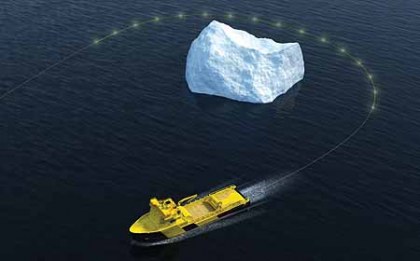
And icebergs come in all kinds of irregular sizes, shapes, and tonnage. Because they are being pulled by the tops, they will sometimes roll over in the water, making it necessary to retrieve the cables and start all over again. They also get pulled by currents and undertows and even in still water, resist movement through it.
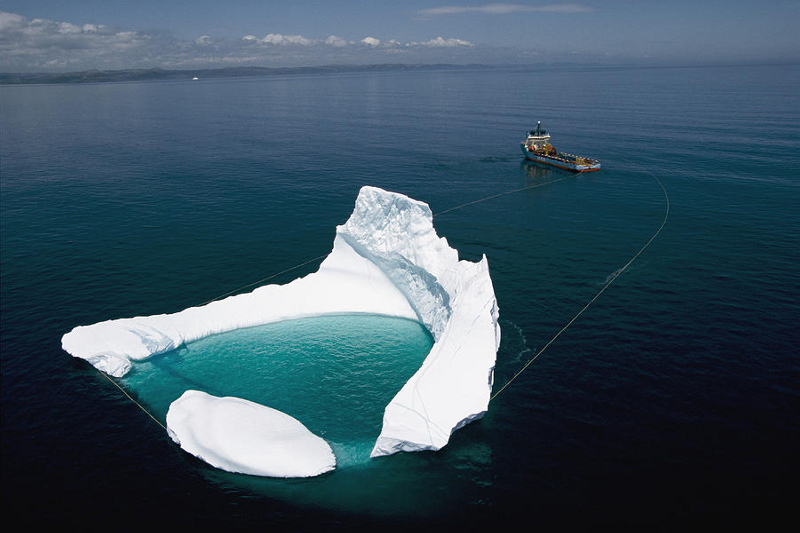
But sometimes, just sometimes, the iceberg cowboys get to enjoy the solitude and pleasures of working on a ranch where the acerage is the wide open ocean.
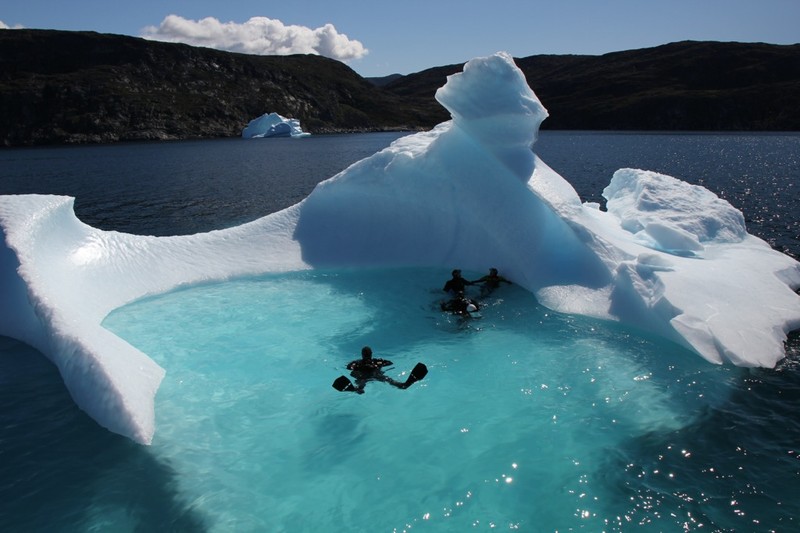
If you got impressions for which this feedback is insufficient, more information,
pictures and videos can be found at the following web sites:
Extremely detailed feedback (who owns an iceberg, water resistance, size & tonnage, etc.)"
Video of how to corral an iceberg
An interactive site letting you "tow one yourself"
Iceberg towing to keep ports free of bergs
Honesty and dishonesty in the berg business
The Iceberg Vodka site